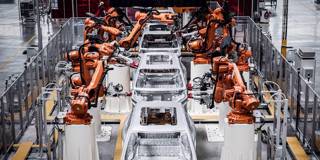OnPoint Subscriber Exclusive
Longer Reads provide in-depth analysis of the ideas and forces shaping politics, economics, international affairs, and more.

Agents of Automation
Neglected in today's debates about automation and the future of work is any consideration of principal-agent dynamics in the settings most open to technological interventions. Although a crude economic calculus almost always points toward more and more automation, the real world is never as simple as that.
DUBAI – Studies examining how artificial intelligence (AI) and automation will shape our lives – and especially our jobs – in the years and decades ahead have been piling up. The consensus is that the impact will be mixed: many jobs will be eliminated, many will be transformed, and many new ones will be created. But agreement on how many will be eliminated, transformed, or created remains elusive.